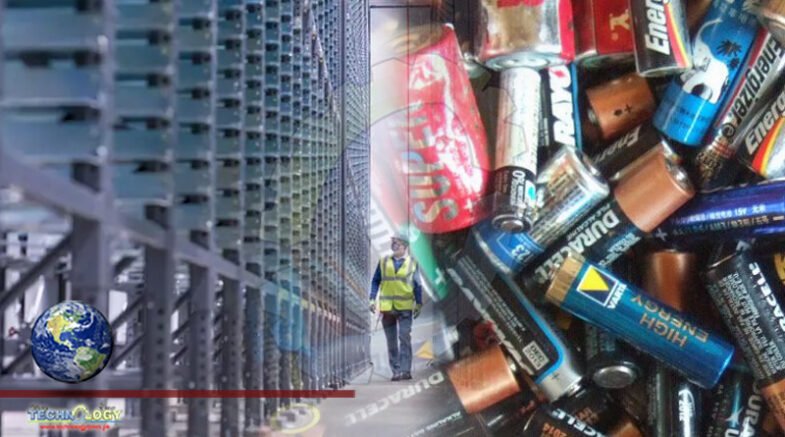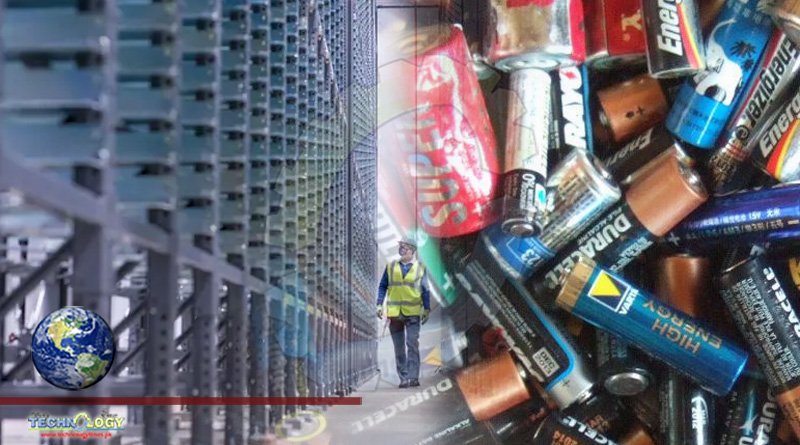Batteries are everywhere in our phones, laptops and cars. But scientists work on ideal low-cost, Energy Storage technologies of the future.

Major European and Swiss research initiatives are trying to meet demand for battery innovation and Energy Storage, with results expected in the coming decade.
Batteries could enable 30% of the required reductions in carbon emissions in the transport and power sectors, provide access to electricity to 600 million people who currently have no access, and create 10 million safe and sustainable jobs around the world,” the Geneva-based World Economic Forum recently declared in a key report.
Asia dominates the mainstream battery market, with over 90% of production taking place in China, Korea and Japan. But Europe wants to catch up fast. Driven by its car industry, the European Union wants to establish battery cell manufacturing on the continent, Energy Storage and prevent technological dependence on other parts of the world
At the moment we are fast-followers, but the EU’s idea is that we have a good base in terms of battery research and innovation,” explains Corsin Battaglia, an expert at the Swiss Federal Laboratories for Materials Science and Technology (Empa). Non-EU-member Switzerland is closely involved in European battery research projects.
Four years ago, Brussels launched the European Battery Alliance to build up production and R&D capacities. As part of this development, almost 40 mega-battery plants, so-called giga-factories, are planned across Europe, according to the Transport & Environment NGO. If they all become operational, the continent could win a 20% share of the global battery market by 2025 – annually worth €250 billion (CHF270 billion).
One of the first fully European giga-factories is Northolt Tet, being built in northern Sweden. Northolt says it will be able to produce enough batteries for one million electric vehicles a year.
No giga-factories are currently planned in Switzerland, but the Alpine country is closely linked to industry developments via its research institutes and specialist firms.
“Whether it’s materials, cell and pack integration, electronics, battery management systems, recycling and mobility or stationary storage, there are lots of companies in Switzerland that are active in the batteries field or even world leaders,” says Battaglia.
Self-healing batteries
Lithium-ion batteries have been the dominant storage technology for years, with demand expected to multiply ten-fold over the next decade. Over the past 30 years the price has dropped by almost 100% but the science has remained largely unchanged. Alternative battery technologies, such as longer-lasting components that store more energy, will be needed to meet future demand.
This is where the €40-million European Battery 2030+ research initiative comes in. Launched last year, the scheme comprises seven large research projects supported by nine European countries, including Switzerland. One those projects is “HIDDEN”, aimed at improving the average lithium-ion battery’s lifespan and energy density by 50%.
The growth of tiny fibre-like formations inside batteries, known as dendrites, is a real problem for the longevity of lithium metal batteries, explains Axel Fuerst, a HIDDEN project manager at the Bern University of Applied Sciences.
“Lithium metal has a very high energy density and can therefore be used to make lighter, more efficient batteries. But the dendrites grow very fast, and the lifespan is short for such cells,” he says.
To solve the problem, the team is working on a self-healing process inside the battery. They hope that specially developed thermotropic ionic liquid crystal electrolytes, together with additives and a piezoelectric separator that creates an electric field, can together break up and suppress the growth of dendrites. The team is building a first concept model that will be validated by 2023 and later scaled up.
Solid-state batteries
There is much excitement in the battery world around solid-state batteries, which use solid electrolytes to replace the flammable liquid solution in lithium-ion batteries. These are said to be more efficient, safer and use fewer raw materials. Prototypes suggest that they could store up to 80% more energy than lithium-ion units of the same weight and volume.
Battaglia says such technologies appear to offer many benefits, but for now they remain “potential” advantages that are limited to the lab. It’s difficult to develop a battery with high storage capacity that also has a long lifetime, he says.
“It’s not a problem to make a battery with double the Energy storage but perhaps I can only charge it 20 times and then it’s dead,” the researcher explains. Whereas the battery’s energy density can be doubled by replacing graphite with lithium metal, charging a lithium-heavy battery too quickly results in dendrites that reduce its lifespan.
If they go mainstream, solid-state lithium batteries could solve both the energy density and longevity problems. Empa is working with a dozen European partners on the “SOLIDIFY” project, which aims to develop manufacturing processes for so-called “generation 4b” batteries, solid-state batteries that could be ready to market in ten years.
Stationary systems that can stockpile renewable energy are also set for massive expansion in the coming decades. Lithium-ion and lithium nickel manganese cobalt oxide (NMC) batteries are already being used to store solar and wind energy produced in homes. Scientists are now exploring alternatives that use zinc, vanadium or sodium, for example, which are proving to be well-suited for stationary storage. But they need to be scaled up to meet rising demand and to become cost competitive.
Source SWI
